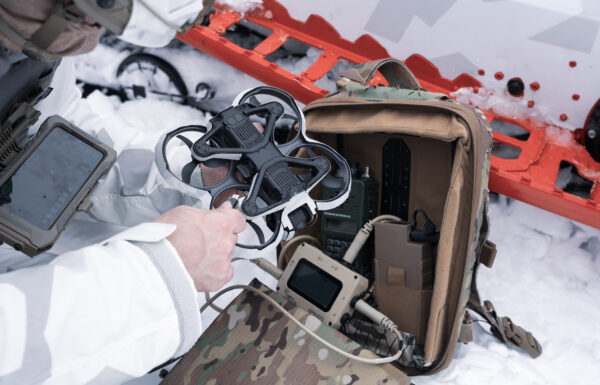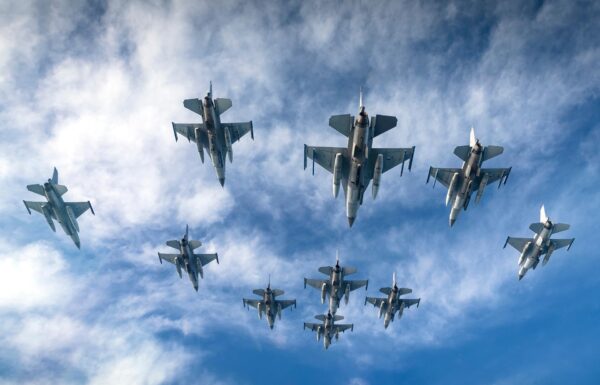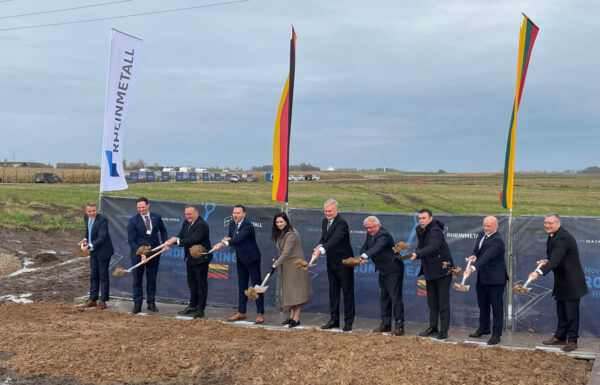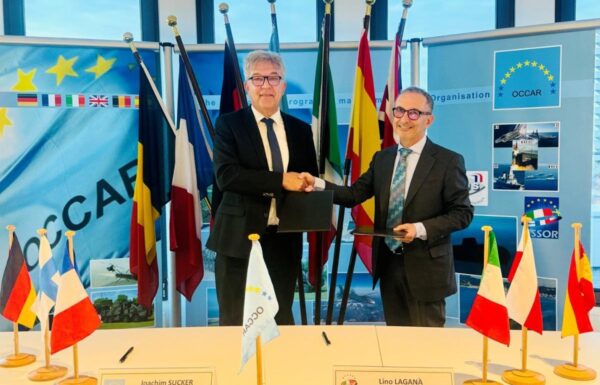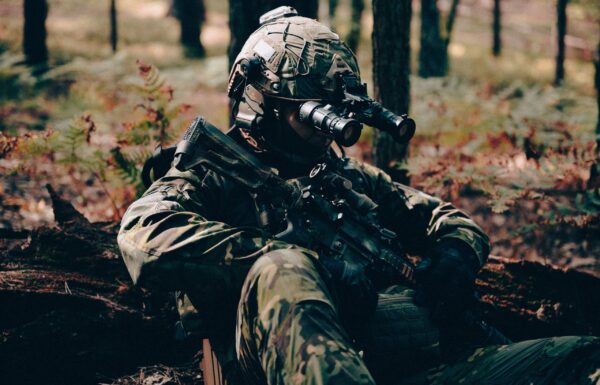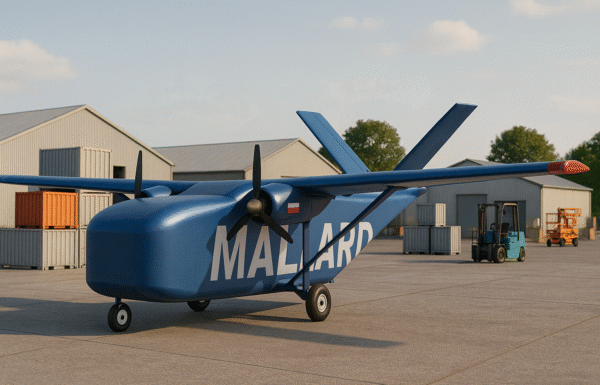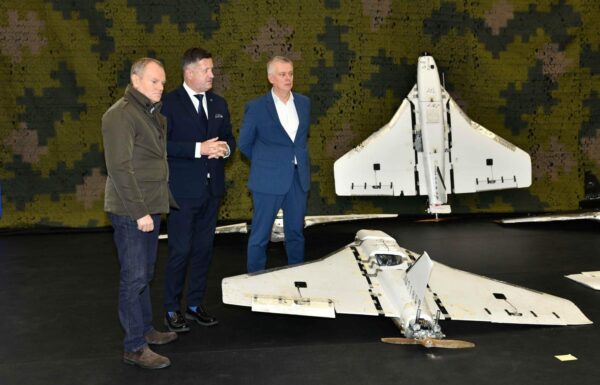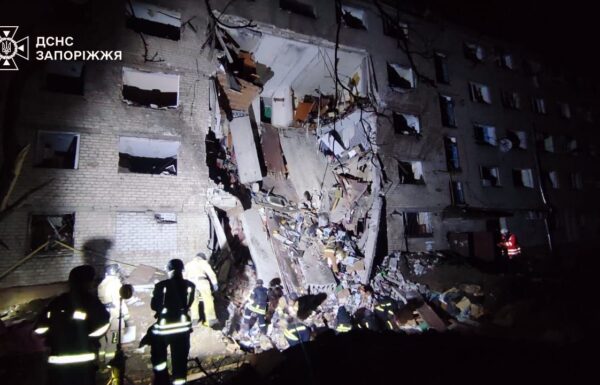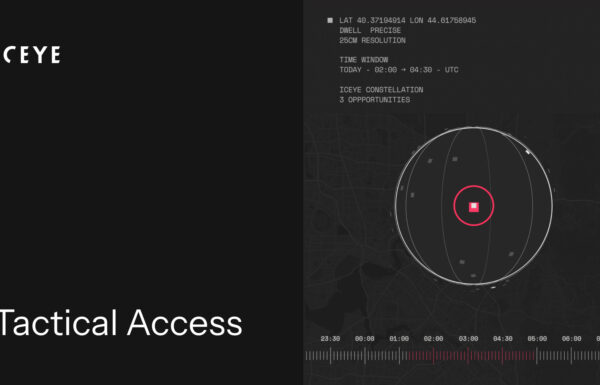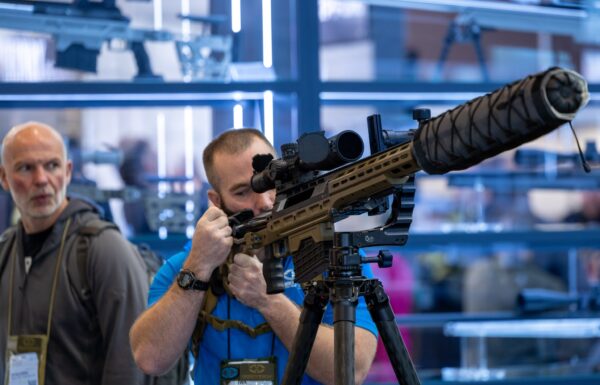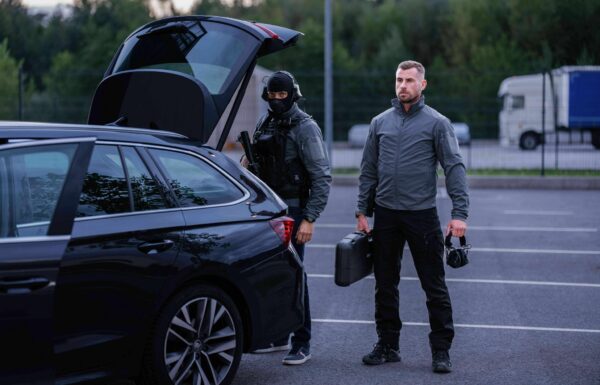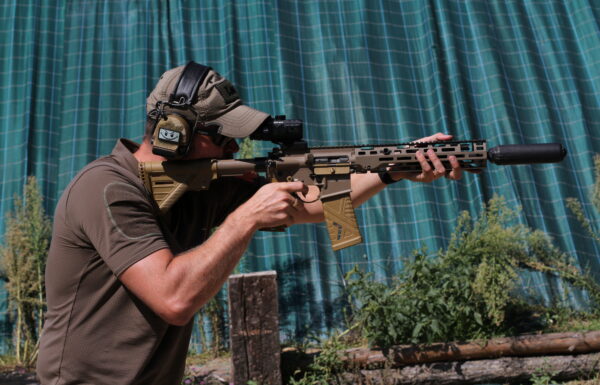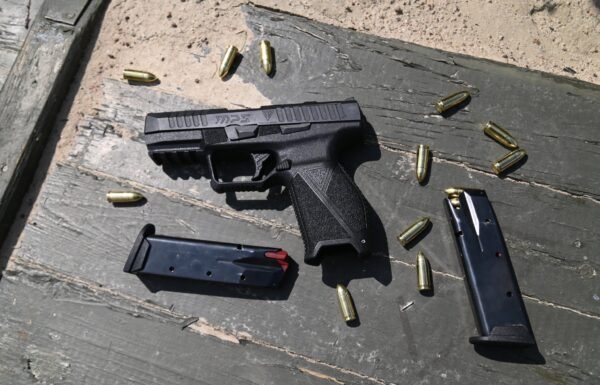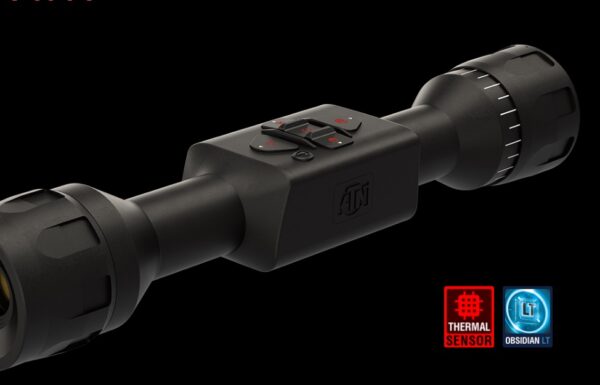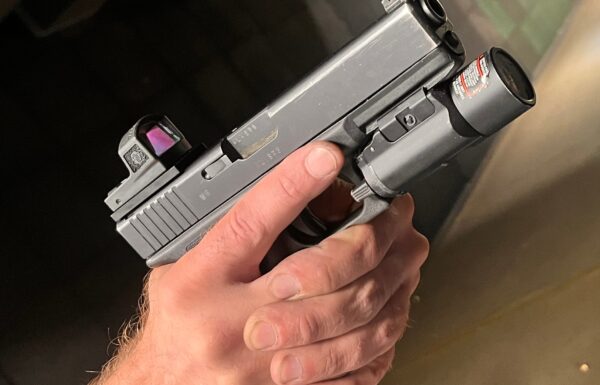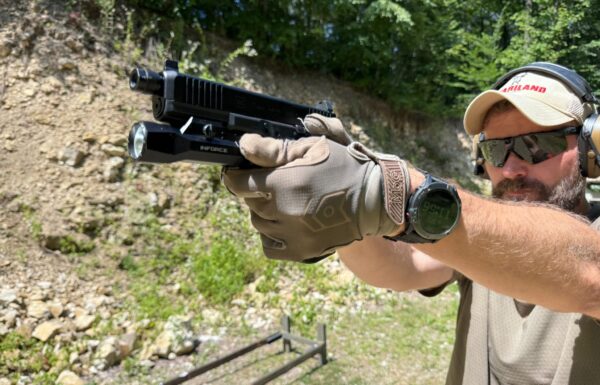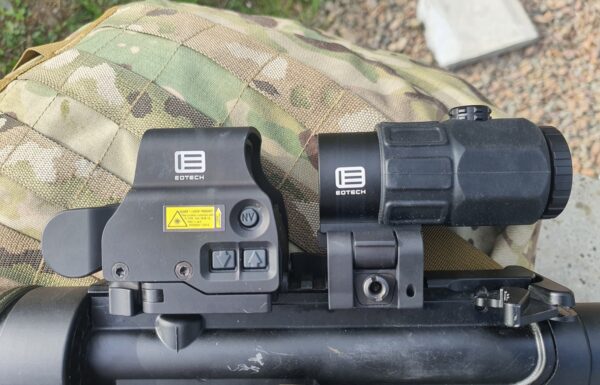On Friday, December 13, 2024, the Ministry of National Defense published its report on activities for the year 2024. “A year of efforts to strengthen the security and development of the Polish Armed Forces. The growth of the armed forces, technical modernization, the construction of the Eastern Shield, and reinforcing Poland’s position within alliances are just some of the pillars on which we build Poland’s security,” the ministry summarized, reflecting on its work under the new leadership of Deputy Prime Minister Władysław Kosiniak-Kamysz.
 Photo: Ministry Of National Defense
Photo: Ministry Of National Defense
Strategic Security of the State
We are rebuilding trust in the institutions responsible for the defense and security of the state. We are updating the most important strategic documents, including the National Security Strategy of the Republic of Poland, the Political-Strategic Defense Directive, the Development Program for the Polish Armed Forces for 2025–2039, and we are working on a new Command and Control System for the Armed Forces.
We are addressing delays from previous years in issuing regulations under the Act on the Defense of the Homeland, streamlining and organizing defense-related documents. For example, we adopted a law to enhance the operations of the Polish Armed Forces, the Police, and the Border Guard in the event of a state security threat, as well as legislation to support employers hiring Territorial Defence Forces soldiers or Active Reserve soldiers. Additionally, in cooperation with the Ministry of the Interior and Administration, we developed the long-awaited Act on Civil Protection and Defense.
We are closely monitoring and drawing lessons from the war in Ukraine. We take responsibility for the country’s defense operations and its legal preparedness in the realm of security.
Development of the Armed Forces
The development of the Polish Armed Forces encompasses both the continuation of successful past solutions and decisions, as well as transformation and openness to modernization. This is why we are establishing new structures and adapting existing ones, drawing on lessons from Ukraine. We have created a Transformation Command and components dedicated to drone forces and medical forces. We are advancing capabilities in the cyber domain and reorganizing the military healthcare system. Additionally, we are building new divisions and military units within the land forces.
Poland is one of the leaders in allied cooperation on integrated air and missile defense. At the same time, we are enhancing national defense capabilities, having introduced early warning aircraft into service and signed contracts for expanding air defense systems under the Wisła and Pilica+ programs.
We are creating conditions for the Polish Armed Forces to focus on their core mission: proper training. Training activities have increased by as much as 40% compared to previous years. Despite engaging approximately 25,000 soldiers in flood relief operations and ongoing missions on the border with Belarus for several weeks, we managed to maintain this increased training activity throughout the year.
This year, an average of 55,000 soldiers trained daily on ranges and exercise grounds (compared to 47,000 last year and 37,000 in 2022). Additionally, nearly 1,000 military exercises were conducted—almost 150 more than in the previous year.
We are prioritizing innovation and new technologies. We are implementing the “Ministry of Defense Artificial Intelligence Strategy through 2039” and establishing the Artificial Intelligence Implementation Center. We are also building capabilities in the space domain. Contracts for acquiring two electronic satellite systems are in the final stages. We have established the Geospatial Intelligence and Satellite Services Agency and are preparing a Military Space Strategy. Furthermore, under the Research and Technology Development Plan, we are executing 113 projects, including 67 domestic and 46 international initiatives.
We are also preparing a reform of military education. The National Security University (currently the Academy of War Studies) will be established.
Financing
We have significantly increased financial expenditures on Poland’s defense. Including the state’s total financial effort, over 153 billion PLN was allocated to defense in 2024, representing more than 4% of Poland’s GDP. In 2025, defense spending will reach 186.6 billion PLN—123.5 billion PLN from the budget and 65.4 billion PLN from the Armed Forces Support Fund. This will mark a record level of 4.7% of GDP, an increase of 60% compared to 2023 and more than 2.5 times higher than in 2022.
Poland is one of the leaders in NATO and Europe in terms of defense spending, positioning us as a key leader among allies and a strong voice for the region on the international stage. This level of funding enables us to procure modern equipment, build operational capabilities, and enhance the combat readiness of the Polish Army.
Technological Modernization
We are intensively modernizing the Polish Armed Forces. We have the largest budget in history for the military and technological modernization. Over the past year, we have signed more than 110 contracts worth 125 billion PLN. Our acquisitions are closely tied to training and infrastructure development. This systematic approach enables the harmonious growth of the armed forces.
We are purchasing new, modern, and most importantly, effective military equipment. Modernization involves not only contracts but also the implementation of new technologies. The Polish Armed Forces are steadily receiving new tanks, combat vehicles, rocket and artillery systems, aircraft, helicopters, ships, and drones. These include, among others, American Apache attack helicopters, FA-50 fighter jets, Kormoran and Miecznik-class ships. Some of the most significant agreements signed in recent months include the IBCS system for Phase II of the Wisła and Narew programs, Homar-K rocket launchers, Rosomak transporters, and MQ-9B SkyGuardian drones. Our focus remains on building the most advanced multi-layered air defense system in Europe.
Importantly, we are finalizing legislation to increase ammunition production capabilities. We have allocated 3 billion PLN for the construction of ammunition factories in Poland. This is Poland’s first tangible initiative to boost production capacity for ammunition, especially the much-needed 155 mm artillery ammunition.
Position in Alliances
We have improved our position within alliances and strengthened our relationships with international partners. We have solidified a strong standing in NATO. At the Washington summit, we negotiated even more than anticipated—securing allied support for further strengthening of the eastern flank, increasing the pool of forces dedicated to Poland’s defense, and enhancing the frequency of exercises in the NATO format.
We successfully revived the idea of the Weimar Triangle and cooperated effectively within the European Union, as well as in the Northern Group and Visegrad Group formats, and in bilateral relations with the U.S., the United Kingdom, Germany, France, South Korea, and Slovakia.
Additionally, this year we established the NATO-Ukraine Joint Analysis, Training and Education Centre (JATEC) in Bydgoszcz, and set up a command structure over the Baltic, where Poland will alternately share leadership with Germany and Sweden. We also proposed a Navy Policing mission in the Baltic Sea. Furthermore, we are committed to developing a vision for integrated air and missile defense in Europe and have finalized the launch of the missile defense base in Redzikowo.
Focusing on People
We have made a fundamental shift to focus on the individuality and significance of military personnel—both soldiers and ministry employees. We implemented a 20% salary increase for soldiers and civilian employees, and a 30% increase for teachers at military schools. Currently, the average soldier’s salary exceeds 9,253 PLN. We revised the pay structure, increasing differences between personnel groups to reward responsibility and encourage professional development.
We allocated substantial resources to rebuilding soldiers’ individual equipment in the “Szpej” (pronounced ‘shpey’, colloquial word for gear–translator’s note) operation. We are addressing longstanding shortages by delivering uniforms, boots, jackets, and ensuring the supply of new, high-quality vests, weapons, helmets, and medical kits. We adapted military regulations to current realities, liberalizing appearance standards for soldiers. This marks a fresh start and a significant step in recruitment efforts.
We prioritized the well-being of soldiers and employees by launching a psychological support hotline, establishing an office for military service conditions, and forming a team dedicated to protecting soldiers’ rights. We are also working on introducing a military family card and new benefits for veterans under a revised law.
Increasing the Size of the Armed Forces
We are increasing the size of the Polish Armed Forces. This year, we surpassed 208,000 soldiers in service, placing us third in NATO. The growth in personnel is record-breaking—nearly 16,000 new recruits per year, including over 11,000 professional soldiers, bringing their total to 142,000.
We are maintaining high interest in military service by conducting open recruitment for voluntary basic military service. The annual recruitment limit has been increased from 30,000 to 40,000.
We have halted the multi-year wave of departures from the military. We have stabilized the personnel situation, and soldiers unjustly dismissed after 2015 were given the opportunity to return to service, with over 1,300 taking advantage of this. We are working on introducing a modern system for managing skills and talent within the armed forces.
We are forming new military units, including two general-purpose brigades and a sapper battalion. In the Territorial Defence Forces, we established two new brigades—the 15th Lubusz Brigade and the 17th Opole Brigade—thus completing the project to create Territorial Defence Brigades in every province. The size of the Territorial Defence Forces increased by over 2,000 soldiers in 2024, reaching a total of 42,000.
East Shield
We have launched the largest and groundbreaking program for the defense of Poland’s eastern borders—the National Deterrence and Defense Program “East Shield”. This is a multi-year plan that integrates Polish fortifications with the defense efforts of the Baltic States, forming a Baltic defense line. The program was initiated to deter potential adversaries and to ensure preparedness for defending our borders if necessary.
It is also a significant investment in the Polish economy. We will allocate 10 billion PLN for the construction of fortifications, embankments, warehouses, shelters, and other infrastructure. The shield is planned to span approximately 800 kilometers, with the first segment already operational.
Defense of Poland’s Eastern Borders
The Polish Armed Forces continue to support the Border Guard in securing and defending Poland’s borders as part of Operation “Safe Podlasie” (which replaced the previous operations “Gryf” and “Rengaw”). Soldiers and officers ensure the safety and inviolability of the border. Currently, 17,000 soldiers are serving in this mission, with six-month rotations provided by designated divisions. Their task is to maintain security until the Border Defense Component reaches full operational capability. Over the past months, we have improved the safety of residents in border areas and increased the effectiveness of operations. We have also significantly enhanced the service conditions for soldiers stationed at the border.
Flood Relief and Operation “Phoenix”
The Polish Armed Forces first excelled in combating the flood in the southern part of the country and are now conducting operations to rebuild and repair the damage caused by the disaster. Operation Phoenix is the largest non-military operation in recent years. It has involved 25,000 soldiers as well as numerous helicopters, amphibious vehicles, and engineering equipment. The military is constructing bridges, rebuilding roads, building kindergartens and schools, demolishing unusable buildings, and assisting with the delivery of humanitarian aid.
Military Aid To Ukraine
We are an undisputed leader and pioneer in providing aid to Ukraine since the beginning of the war. We support Ukrainians in their fight on political, diplomatic, humanitarian, social, and military fronts. Our military assistance amounts to over 4.5 billion EUR, with more than 3.3 billion EUR comprising donations of military equipment—over 1,300 tanks, infantry fighting vehicles, artillery systems, aircraft, helicopters, and more. Poland has been a major supplier of heavy military equipment to Ukraine, delivering the largest number of tanks, infantry fighting vehicles, and MiG-29 aircraft.
We are conducting large-scale training programs for Ukrainian soldiers in Polish military units—over 575 training sessions, resulting in more than 26,000 soldiers trained, including 14,500 under the EU’s EUMAM mission. Since the second day of the war, we have been operating a logistical hub in Rzeszów, responsible for over 95% of deliveries to Ukraine. In Bydgoszcz, we are establishing the NATO-Ukraine Joint Analysis, Training and Education Centre (JATEC), the first significant and tangible institution for cooperation between the alliance and Ukraine.
Proper Standards
We are introducing proper standards of operation and cooperation into the Ministry of National Defense and the Polish Armed Forces. We have reviewed the activities of the “Smolensk Subcommittee” in a special report and submitted appropriate notifications regarding abuses and irregularities. A thorough audit was conducted within the ministry, and numerous improvements are being implemented.
We have achieved a key objective: the “depoliticization” of the Polish Armed Forces. We removed politics from the military and established a clear boundary between “uniforms and suits.” We restored dignity to soldiers by prohibiting the use of military personnel and uniforms as backdrops for political speeches and rallies.
We are building public trust in the military, fostering support for defense and military actions, and rebuilding the ethos of military service.
Projects Close to the People – “With the Military”
We recognize a significant public demand for security and content related to the military, self-defense, and civil defense. We are running pro-defense and community-focused projects. We continue to deliver new editions of the short, free, Saturday military training sessions for everyone under the program “Train with the Army” (nearly 30,000 participants). We encourage young people to engage in voluntary service through the “Summer with the Army” initiative. This flexible service format has generated immense interest. Additionally, we run “Education with the Army”, offering school lessons for children and youth led by soldiers from local military units.
>>>Ministry of National Defense Report: 2024 in PDF (PL)<<<
https://twitter.com/MON_GOV_PL/status/1867500611014443222
https://twitter.com/MON_GOV_PL/status/1867515497283035571
https://twitter.com/MON_GOV_PL/status/1867527919444103461
https://twitter.com/MON_GOV_PL/status/1867558888976822631


